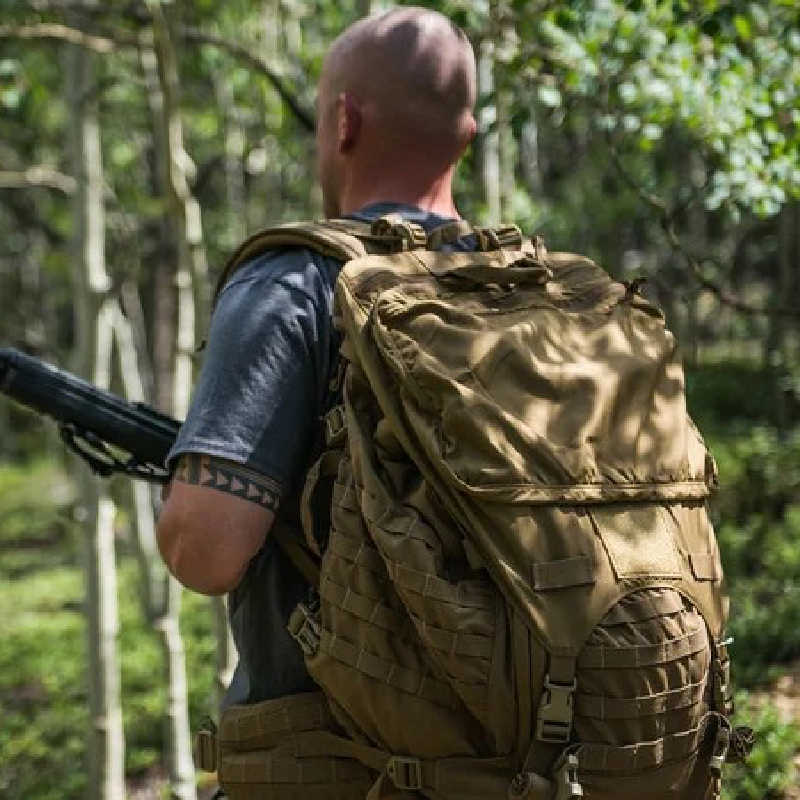
Preparing for Natural Disasters: How to Safeguard Your Home and Family
Natural disasters can strike at any time, often with little warning, leaving devastation in their wake. Being prepared can make all the difference in ensuring the safety and well-being of your loved ones.
Lets talk about some essential steps to safeguard your home and family in the face of natural disasters:
Develop a Family Emergency Plan:

Sit down with your family and create a comprehensive emergency plan that outlines what to do in various disaster scenarios. Assign roles and responsibilities to each family member, establish meeting points, and ensure everyone knows how to contact each other if separated.
Secure Your Home:

Take proactive measures to reinforce your home against potential hazards. Install storm shutters or impact-resistant windows to protect against high winds and flying debris. Anchor heavy furniture and appliances to the walls to prevent them from toppling over during earthquakes or floods. Regularly inspect your roof, foundation, and exterior walls for signs of damage and address any issues promptly.
Know Your Risks:

Familiarize yourself with the types of natural disasters that are common in your area, such as hurricanes, tornadoes, earthquakes, floods, or wildfires. Understand the specific risks posed by each type of disaster and take appropriate precautions. Stay informed about local weather alerts and evacuation orders issued by authorities.
Create a Communication Plan:

Establish alternative methods of communication in case traditional channels are disrupted during a disaster. Designate an out-of-town contact person whom family members can check in with to relay information about their safety and whereabouts. Invest in a hand-crank or solar-powered radio to stay informed of news and updates when electricity is unavailable.
Stay Informed and Stay Safe:

Stay informed about developing weather conditions and emergency alerts by monitoring local news, weather forecasts, and official social media channels. Follow the instructions of local authorities and evacuate immediately if instructed to do so. Trust your instincts and err on the side of caution when it comes to protecting yourself and your family. No other famous quote comes from the Famous Sun Tsu. - "Stay Strapped or get clapped".
Build an Emergency Kit:

Assemble an emergency kit that contains essential supplies to sustain your family for at least 72 hours. This kit should include non-perishable food, drinking water (at least one gallon per person per day), medications, first aid supplies, flashlight(s) with extra batteries, a multi-tool, blankets or sleeping bags, hygiene items, important documents (such as identification, insurance policies, and medical records), and any specialized items needed for infants, elderly family members, or pets.
Create Defensible Space:

If you live in an area prone to wildfires, create defensible space around your home by clearing vegetation, leaves, and other combustible materials from your property. Keep your lawn well-maintained, and store firewood, propane tanks, and other flammable materials away from your home.
Know Your Community's Emergency Plans:

Familiarize yourself with your community's emergency plans and evacuation routes. Stay informed about local evacuation orders, emergency shelters, and designated meeting points. Participate in community preparedness activities and collaborate with neighbors to enhance your collective resilience.
Practice Evacuation Drills:

Conduct regular evacuation drills with your family to ensure everyone knows what to do in case of an emergency. Practice evacuating on foot and by car, and identify multiple evacuation routes from your neighborhood. Establish emergency meeting locations outside the immediate area and practice communication methods if family members become separated.
Review and Update Your Plan Regularly:

Periodically review and update your family emergency plan and emergency kit to ensure they remain current and relevant. Update contact information, revise evacuation routes if necessary, and replace expired supplies. Stay proactive and adaptable in your preparedness efforts.

By taking proactive steps to prepare for natural disasters, you can minimize the risks to your home and family and increase your chances of staying safe and resilient in the face of adversity. Remember that preparedness is key, and being ready for the unexpected can make all the difference when disaster strikes.

